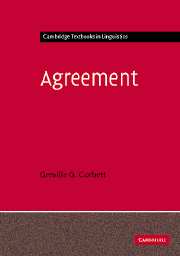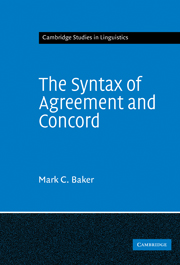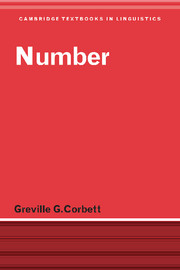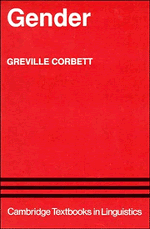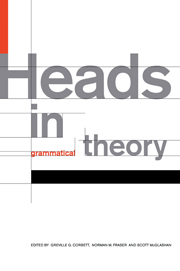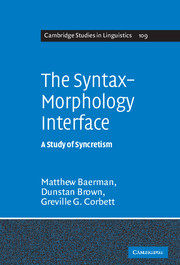Agreement
Agreement in language relates to the correspondence between words in a sentence, in terms of gender, case, person, or number. For example, in the sentence 'he runs', the suffix -s 'agrees' with the singular 'he'. Patterns of agreement vary dramatically cross-linguistically, with great diversity in the way it is expressed, and the types of variation permitted. This textbook offers an insight into how agreement works, and how linguists have tried to account for it. It will be essential reading for all those studying the structure and mechanisms of natural languages.
- First ever textbook devoted to the cross-linguistic study of agreement
- Draws data and examples from a wide range of the world's languages
- Shows how odd English is in its system of agreement
Product details
July 2006Paperback
9780521001700
348 pages
248 × 175 × 22 mm
0.721kg
19 b/w illus.
Available
Table of Contents
- 1. Introduction: canonical agreement
- 2. Controllers, targets and domains
- 3. The morphology of agreement
- 4. Features
- 5. Mismatches
- 6. Conditions
- 7. The agreement hierarchy
- 8. Resolution
- 9. Other perspectives.

